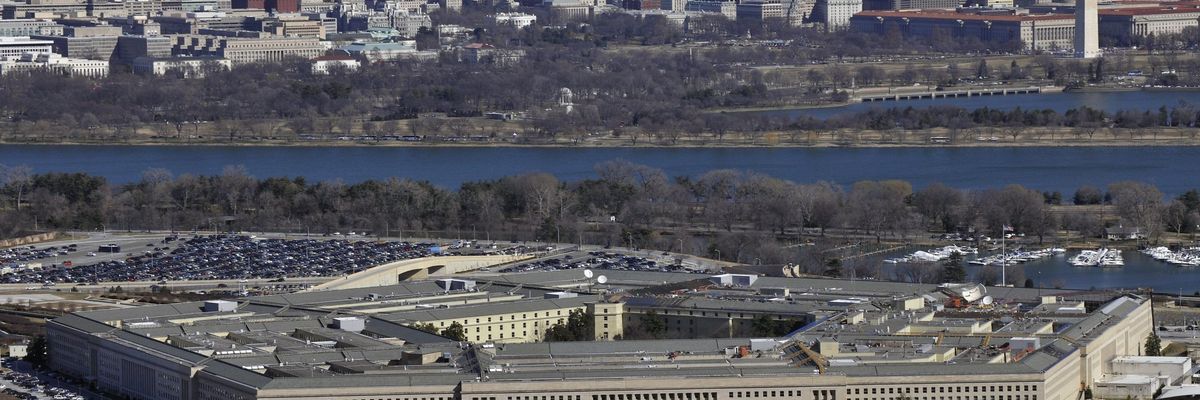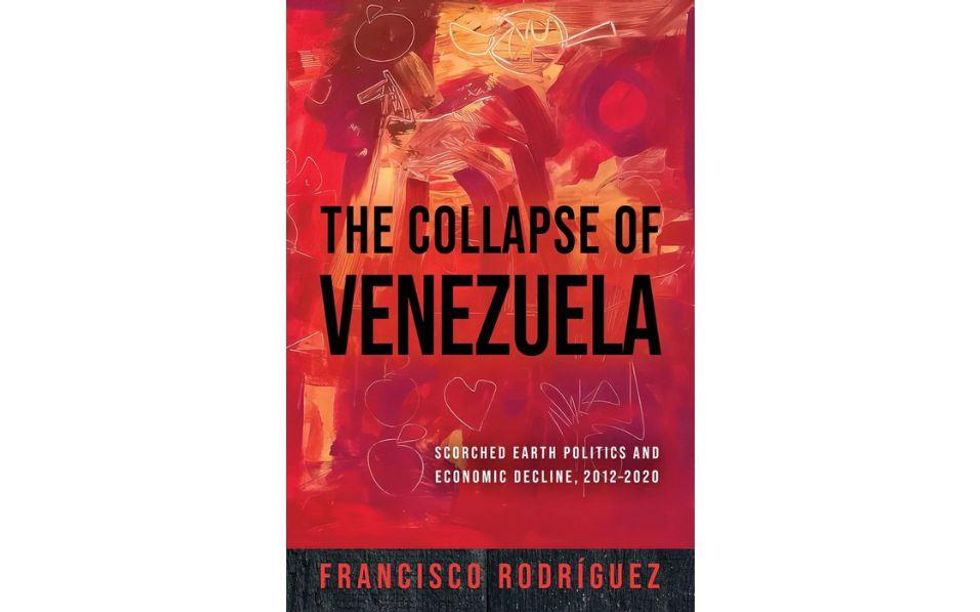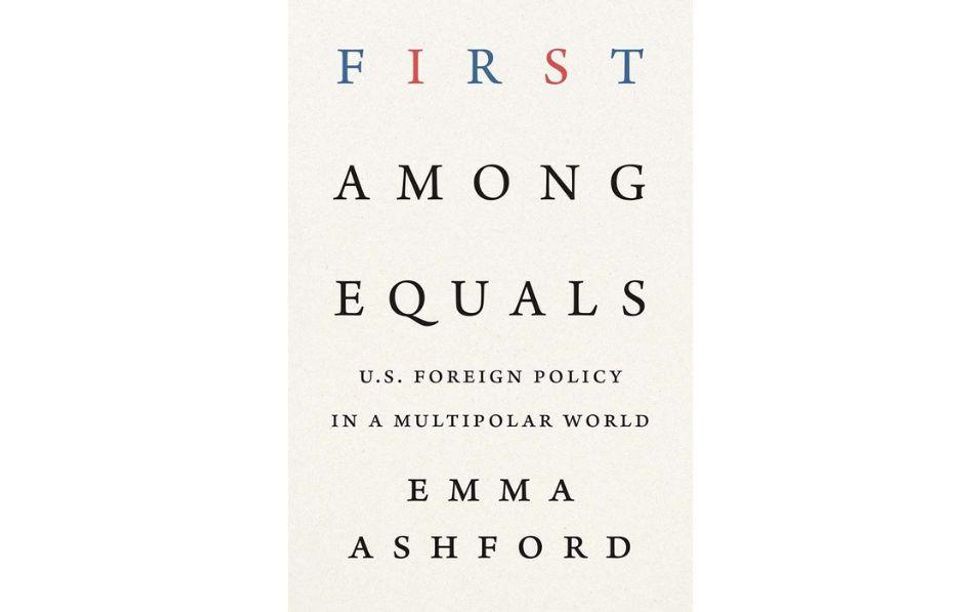The COVID-19 pandemic is providing a master class on the tragic, if unintended, consequences of America’s “forever wars.” After over-investing political and financial capital in counterterrorism for two decades, the U.S. government is ill prepared to protect its people from a threat that responds little to drone strikes or raids in the shadows.
The crisis will almost certainly lend credence to the platform of ending the forever wars by getting — and keeping — American soldiers off the battlefield, restoring congressional war powers, reducing the Pentagon budget, and ending the outsized influence defense contractors have had on policy decisions.
But after 20 years, the tendrils of the U.S.’s counterterrorism addiction run deep into the very soil of our government and culture. Even our airports have been fundamentally redesigned to adapt to the terrorism threat. If the next president wants to end endless war to make way for more pressing national priorities, she or he will need to have a plan not only to reduce spending and troop levels based on a sensible reappraisal of risks, but also to re-balance the entire counterterrorism infrastructure, including the people that work within it. Doing so will require mastering bureaucratic politics and reforming, without further alienating, the federal workforce.
While not an easy challenge, the opportunity has never been better. Unlike the Obama administration, a new Democratic administration, if elected, won’t be under as much pressure to brandish its national security credentials nor to make as many compromises.
In 2008, then-Senator Obama ran for president on a promise of reducing troop levels in a foreign war. Yet the campaign also felt compelled to tout his willingness to be “tougher” on terrorism than his predecessor, and, unlike his predecessor, to pay attention to what the intelligence professionals advised in order to forestall an event similar to 9/11.
Throughout his tenure, President Obama was forced to insulate his domestic and foreign policy from the political effects of a terrorist attack on the homeland, making it not only difficult to end the so-called “War on Terror,” but forcing the president and his team to compromise in certain areas of law and policy to achieve broader aims in both.
Over time, the Obama administration steadily increased “light footprint” counterterrorism operations: drone strikes outside of war zones, special operations forces missions, and the proliferation of secretive partnered arrangements around the world.
The American counterterrorism presence actually spread, while the bureaucracy remained as large as ever. The Washington Post series “Top Secret America”, written two years into the Obama administration’s first term, detailed an intelligence and security budget that had grown by 250 percent since 9/11. Although precise figures are difficult to come by, at least one informed but conservative estimate suggests the U.S. was still spending $175 billion on counterterrorism in the last year of the Obama administration. Meanwhile the human costs of war were not eliminated, but transferred to civilians and concealed by secrecy.
The next president may find the challenge of easing public anxiety about a seismic shift in national security policy priorities much easier in 2021. Growing public support for shifting budgetary resources to head off future pandemics and climate change, especially in the wake of COVID-19, is likely sufficient to overcome any residual concerns over being “too soft” on terrorism or defense. The new administration can stoke pride in a national ethos of preparedness and resiliency as an alternative to the “see something, say something” mantra of terrorism prevention.
Yet, in working to implement a bold vision, the next president should not underestimate the importance of correctly assessing internal, bureaucratic incentives and disincentives to reform. Left unattended, these invisible forces can facilitate, or greatly aggravate, the best laid plans for transformation.
In a resource-competitive environment, government agencies may be prone to overstate effectiveness, to inflate threats, or to exaggerate the correlation between a threat and U.S. interests. Moreover, a new administration should be wary of attempts to repackage and rebrand certain counterterrorism activities and programs merely to suit the global challenge du jour (e.g. competition with Russia and China), whereas USAID and the State Department will have to recover from a habit of justifying development programs and budgets on the basis of their contribution to counterterrorism and “countering violent extremism.”
To successfully reorient, the administration will thus have to adjust for both “threat inflation” and “threat mutation” through rigorous and critical analysis of source and substance, questioning assumptions about each of the symptoms and the solutions that have been presented, and being willing to consider both cuts and bold changes. At times this will involve risking an antagonistic relationship with tradecraft professionals.
To temper the worst forms of bureaucratic competition, the administration can demonstrate fairness and deliberation in its choices, while avoiding dissatisfying, arbitrary, and ineffective across-the-board cuts and abrupt shocks when not necessary (in contrast to the current administration’s slash and burn tactics). It can also muster goodwill by ensuring that political appointees — and not career civil or foreign servants or the military — assume the political liability for the outcomes of its choices. Congressional protection of pet projects and interests could be more difficult, but not impossible, to overcome for the next president.
Beyond taming bureaucratic politics, the administration will also need to think through its approach to the national security workforce and talent pipeline which has fundamentally changed in the last 20 years. Two decades of counterterrorism policy has created an entire professional class of counterterrorism experts in the intelligence and defense industries, and within the profession, a set of specialists in issues like weapons of mass destruction and sub-specialists in issues like biological terrorism. Behind them are a set of emerging professionals attending any of the hundreds of graduate and trade schools that now offer special degrees in the same specialized subjects. To institute structural reforms, the next president will need to creatively re-channel the talent and energy of many committed public servants and contractors that work on terrorism at the CIA, NSA, Pentagon, and State Departments. The talent pipeline, like agency budgets, cannot be addressed overnight, but in some ways will fix itself, as a new set of national priorities — climate change or health, for example — take root.
To both facilitate the process of transitioning the workforce, and as a salve for any pains of reform, the administration would be wise to follow the recommendations provided in studies on the topic and double down on its commitments to enhanced career mobility, greater diversity, professional development, and better benefits. Rather than “draining the swamp” of existing employees to eliminate resistance or inertia, the president should do everything possible to bring federal employees along, and get them excited about a shared, but alternative, vision of the future.
























